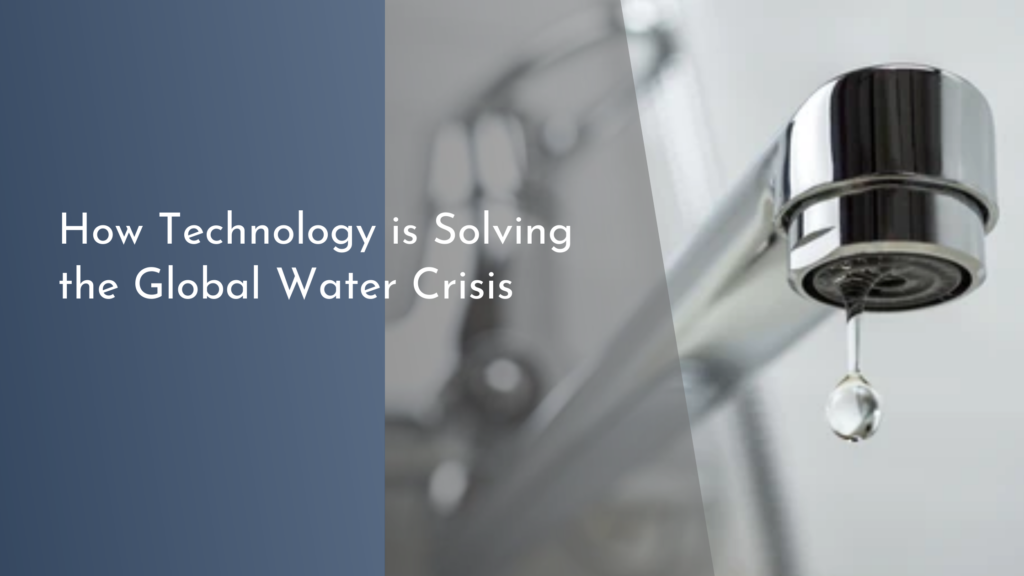Rainwater Harvesting in Arid Regions: Techniques and Innovations
Rainwater harvesting has emerged as a crucial solution for addressing water scarcity, particularly in arid regions where traditional water sources are limited. With climate change exacerbating the unpredictability of rainfall patterns, the need for sustainable water management practices has never been more pressing. This article explores the significance of rainwater harvesting today, innovative techniques employed to capture this vital resource, inspiring success stories from communities that have thrived through these practices, and the exciting future trends in rainwater harvesting technology and design.
Discovering the Importance of Rainwater Harvesting Today
In arid regions, where rainfall can be both sparse and unpredictable, the ability to collect and utilize rainwater is essential for sustaining agriculture, providing clean drinking water, and maintaining livelihoods. Rainwater harvesting allows communities to make the most of the limited precipitation available, transforming it into a reliable resource. This practice not only addresses immediate water needs but also contributes to long-term environmental benefits, such as reducing soil erosion and recharging groundwater supplies.
Moreover, as global populations continue to grow and urban areas expand, the demand for water is increasing. Rainwater harvesting presents an especially viable solution in densely populated regions. By integrating rainwater harvesting systems into urban planning, cities can enhance their water security while reducing their dependence on dwindling aquifers and costly water transport systems. This innovative approach contributes to sustainable development and resilience against climate change, making it a priority for policymakers and communities alike.
Innovative Techniques for Capturing Precious Rainwater
Various techniques have been developed to make rainwater harvesting more efficient and effective. One popular method is the use of rain barrels and cisterns, which can be installed on rooftops to collect and store rainwater. These systems can be as simple as a few barrels connected to gutter downspouts or as complex as large underground tanks designed for larger communities. By employing filtration and treatment technologies, harvested rainwater can be made safe for both irrigation and potable use, maximizing its utility.
Another innovative approach is the integration of permeable pavements in urban landscaping. These surfaces allow rainwater to infiltrate the ground rather than run off, helping to recharge local aquifers. Additionally, techniques such as contour farming and swales are being adapted to slow down and capture rainwater in agricultural settings. These methods not only conserve water but also improve soil health, leading to increased agricultural productivity in arid regions. With creativity and engineering, the possibilities for rainwater harvesting are expanding rapidly.
Success Stories: Communities Thriving in Arid Regions
Several communities around the world have successfully implemented rainwater harvesting systems, showcasing the potential of this practice. For instance, in Rajasthan, India, numerous villages have adopted traditional rainwater harvesting techniques, such as johads—small earthen check dams that capture rainwater during the monsoon season. This simple yet effective strategy has transformed the lives of thousands, improving crop yields, restoring local ecosystems, and providing reliable access to water for drinking and livestock.
In the United States, the city of Tucson, Arizona, has pioneered rainwater harvesting initiatives that have become models for urban water management. Through a combination of incentives, educational programs, and community engagement, Tucson has encouraged residents to install rainwater harvesting systems. As a result, the city has successfully increased its water supply and fostered a culture of conservation. These success stories highlight the adaptability of rainwater harvesting techniques and the positive impact they can have on communities in arid regions.
Future Trends in Rainwater Harvesting Technology and Design
As technology continues to advance, the future of rainwater harvesting looks promising. Innovations in smart technologies, such as IoT-enabled sensors and automated monitoring systems, are being integrated into rainwater harvesting designs. These tools provide real-time data on rainwater levels, quality, and usage, enabling more efficient management of this precious resource. The introduction of artificial intelligence can further enhance these systems by optimizing collection and distribution based on predicted rainfall patterns and community needs.
Additionally, there is a growing trend toward the integration of rainwater harvesting systems within green infrastructure projects. The use of green roofs, bioswales, and rain gardens not only beautifies urban areas but also enhances their sustainability by capturing rainwater naturally. Researchers and designers are exploring how to optimize these systems for various climates and settings, ensuring that communities can harness rainwater effectively regardless of geographical challenges. This convergence of technology and design holds great potential for revolutionizing water management in arid regions.
Rainwater harvesting is not just a practical solution to water scarcity; it is a beacon of hope for communities in arid regions facing the challenges of climate change and population growth. Through innovative techniques, inspiring success stories, and advancements in technology, rainwater harvesting demonstrates the power of human ingenuity in addressing environmental challenges. As we move forward, embracing and expanding these practices will be key to ensuring a sustainable and prosperous future for communities worldwide. Let’s celebrate the potential of rainwater harvesting and work together to cultivate a greener planet!


